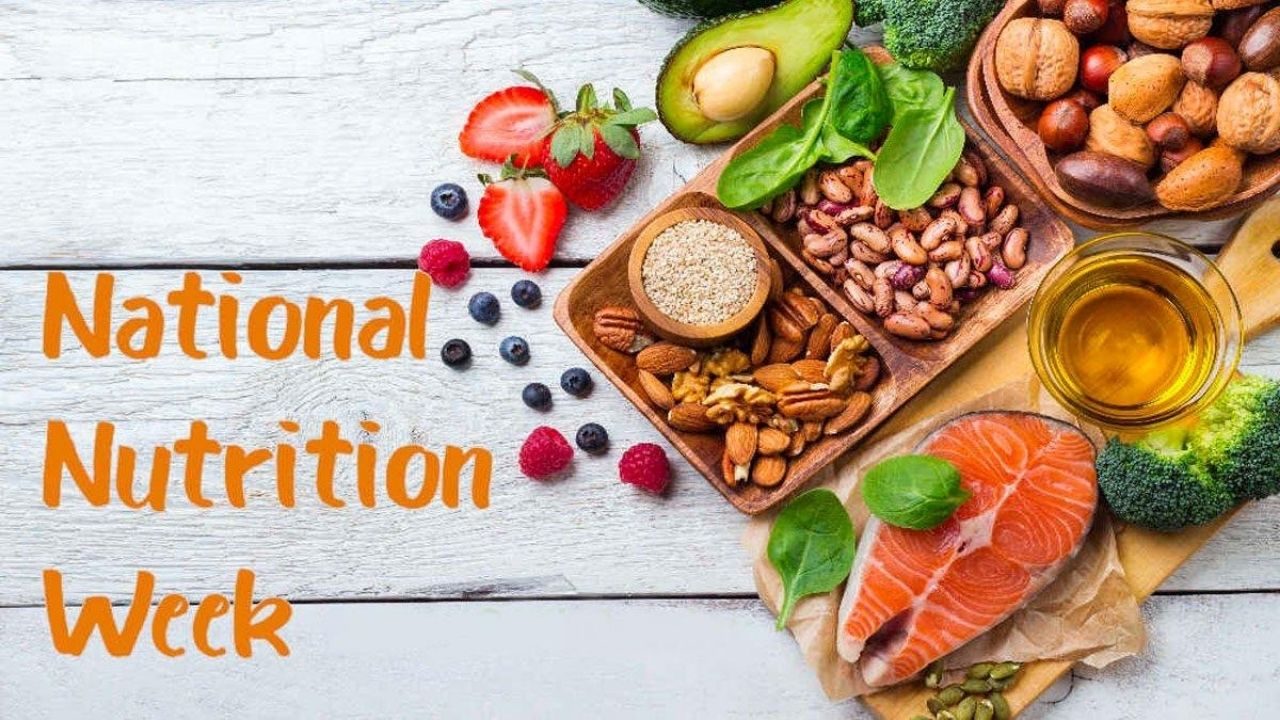STF arrests man with fake 500 notes at Dharmatala with face value of 3 lakhs
.gif)
.gif)

National Nutrition Week 2024, observed from September 1 to 7, is dedicated to promoting the importance of a balanced diet and healthy lifestyle. This annual event raises awareness about nutritional needs and encourages healthier eating habits among individuals of all ages. Emphasis is placed on how good nutrition can help prevent chronic diseases such as diabetes, heart disease, and obesity. A proper diet can boost the immune system and reduce the risk of various health issues.
This year the theme is feeding smart right from the start. The government has created a program to impart proper information and build awareness through Seminars and also Camps to show every Child and Citizen of India how children can benefit from a proper nutritious diet right from birth.
The objective of National Nutrition Week is to enhance nutritional practice awareness among people of the community through adaptable training, timely education, seminars, different competitions, road shows, and many other campaigns and to make a healthy Nation.
This time, the country will be looking to raise more awareness as recently India ranked 111 out of a total of 125 countries in the Global Hunger Index (GHI) 2023, with its progress against hunger nearly halted since 2015, reflecting a global trend. The Union government, though, contested India’s performance for the third year in a row, citing flawed methodology. India’s ranking is based on a Global Hunger Index score of 28.7 on a 100-point scale where 0 is the best score (no hunger) and 100 is the worst. This categorizes India’s severity of hunger as “serious”.
The GHI score is based on a formula that combines four indicators that together capture the multi-dimensional nature of hunger, including undernourishment, child stunting, child wasting, and child mortality. Meanwhile, the Ministry of Women and Child Development (MoWCD) yet again questioned the GHI and called it a “flawed measure of hunger that doesn’t reflect India’s true position”.
It said that data recorded on its Poshan Tracker portal showed child wasting prevalence of 7.2% among a total of 7.24 crore under-five-year-olds whose data was captured, whereas the GHI used a value of 18.7% for child wasting. The latter, however, comes from the National Family Health Survey 5 (NFHS) 2019-2021, which is reported in the global repository, Joint Malnutrition Estimates Joint Data Set Including Survey Estimates, set up to ensure harmonized child nutrition estimates.